If you look at your domain portfolio now, you may have a mix of outstanding and mediocre domains. While the bottom 95% of names in your portfolio can be turned into a regular sales stream, smart domain investors top up their sales income with one or two outlier sales each year from the top 5% of their domain names, as Efty founder Doron Vermaat tweeted recently.
How do you go about securing an outlier sale, or at least giving yourself the best opportunity to do so? Here’s how.
Identify your best domains
Identifying your best domain names will give you the foundations to understand which names have the most potential value.
Since the buyer of an outlier domain is likely to be an end-user, it makes sense to assess the chances of an end-user sale.
Tools such as Crunchbase and LinkedIn can be used to find out how popular your domain’s keyword(s) is as a company’s brand name.

This screenshot, above, for example, shows five companies on Crunchbase using the exact-match “Pareto” keyword, with plenty more using a variation, such as “Pareto Holdings.”
DotDB and/or ExpiredDomains.net can confirm a domain’s popularity by revealing how many extensions your domain’s keyword is taken in. Check to see if the major extensions (.com, .net, .co, .io, .xyz, .app etc) are developed or, if they are offered for sale, for how much?
Use Data to price your best names
Once your top 5% has been identified, it’s time to price those domains. Data that you have gathered in the initial identification phase, plus comparable sales from NameBio, offer the most realistic and logical means of valuing a set of names.
Using NameBio’s database, search for similar end-user sales data from the last couple of years as a relevant comparison for your domains.
For example, if you own a short, common, single-word .io such as Genie.io, comparable sales could include Mint.io for $230,000, Meta.io for $100,000, or Ruby.io for $88,000.
Say No During Negotiations
In order to achieve an outlier sale, you need to learn to say “no,” if an incoming offer is below the valuation you’ve set for your domain.
That can be tricky, and it does risk the prospective buyer backing out of negotiations, but confidence in your valuation can secure an outlier sale.
A prime example of this is MicroStrategy’s sale of Voice.com. During negotiations, CEO Michael Saylor revealed that he said no to $150,000 and even $10 million on the way to selling his domain for his perceived valuation, $30 million.
Offer alternative forms of payment
Sometimes, a domain name sale is not feasible because a buyer can’t afford the domain. This doesn’t necessarily have to be the end of the deal. There are several other avenues to pursue to close an outlier deal.
Allowing the buyer to pay for the domain in monthly installments through a lease-to-own arrangement or connecting them with financing providers such as DomainCapital
Alternatively, cryptocurrency is becoming a more widely accepted means of paying for a domain name, with some licensed escrow companies able to work with the likes of Bitcoin or Ethereum.
Add BIN Listings to Marketplace
If you are confident on the pricing for the top 5% of your portfolio, then adding a BIN (buy it now) listing to various marketplaces and potentially even your landing page can indicate your expectations to potential buyers and prevent any low-ball offers.
Sometimes, those big-ticket BIN listings do convert to straight sales. MagnumDomains his $300,000 sale of Eth.co was all thanks to a BIN listing, as was the 2019 sale of Links.com for €700,000.
